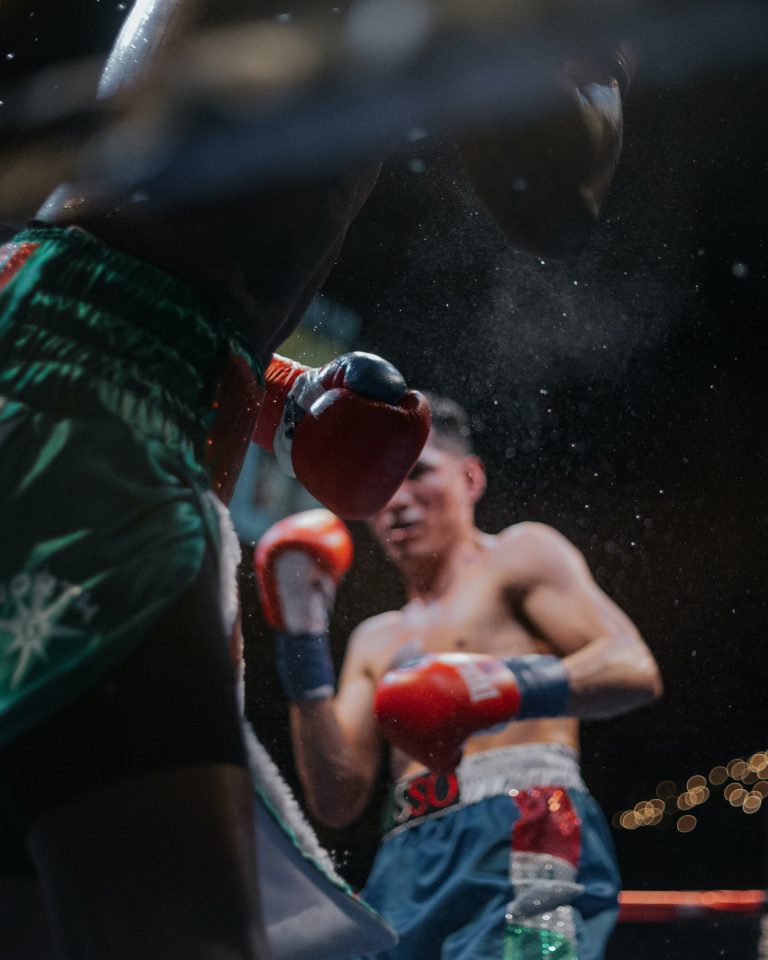What Belt is After Yellow Belt in Karate?
Karate is a Japanese martial art that has its roots in self-defense. It is a popular sport and martial art studied by people of all ages. Karate training involves learning a series of techniques and movements. In Karate, as with most martial arts, progression is marked by the colored belts worn by students. The belt system is used to indicate a student’s level of expertise and knowledge. The yellow belt is one of the first milestones a karate practitioner will achieve, and as such students may wonder what belt comes after the yellow belt.
The Belt System in Karate
The belt system in Karate typically includes white, yellow, orange, green, blue, brown, and black belts as a form of progression in skill level. The progression from one belt to the next is marked by specific criteria, including belt testing, which involves performing various techniques and routines.
Each belt level in Karate not only requires a mastery of specific techniques and skills but also requires a deeper understanding of the philosophy and principles underlying the martial art. The goal of Karate is not only to develop physical capabilities but also to develop a strong character, discipline and respect.
What Belt Comes After Yellow Belt in Karate?
The yellow belt is the second belt in the Karate belt system, it is achieved after the white belt. After the yellow belt in Karate, the next belt is the orange belt.
The Orange Belt in Karate
The orange belt is the third level in the Karate belt system. It is the level where the Karateka is starting to gain deeper knowledge and understanding of the principles and technical aspects of Karate.
At this stage of training, the Karateka will focus on mastering more complex techniques, as well as studying the history and philosophy of martial arts. The Orange belt is awarded after a minimum of 3 months of training and passing the required testing, where the Karateka will need to perform different katas (prearranged sets of movements), punches, kicks, and block movements.
Introduction to What Belt Comes After Yellow Belt in Karate
Karate is an exciting martial art that has gained popularity worldwide due to its effectiveness in self-defense and its physical and mental benefits. One of the most common questions asked by beginners in karate is what belt comes after yellow belt? It’s a good question because karate has several belt ranks, and each rank represents different levels of progress and proficiency in the art.
In this blog post, we will cover some of the most frequently asked questions about the belt ranks in karate, with a focus on what belt comes after yellow belt. We’ll aim to provide accurate and evidence-based answers to these questions to help beginners better understand the karate belt system.
What is the Karate Belt System?
Before we dive into the topic of what belt comes after yellow belt, we should first understand the karate belt system. The belt system in karate is a hierarchical ranking system that represents a student’s progress and proficiency in the art. The belts are usually made of cotton or silk and have a specific color that denotes the student’s rank.
The initial stage in the karate belt system is the white belt, which signifies a beginner’s rank. After that comes the yellow belt, which indicates progress and achievement. The yellow belt is where most students start to develop a deeper understanding of karate techniques and principles.
What Belt Comes After Yellow Belt in Karate?
The next belt after the yellow belt in karate varies depending on the specific style or organization. However, in most cases, the green belt comes after the yellow belt. The green belt signifies an intermediate rank that indicates a student’s continued progress in learning the art.
After the green belt, the ranking system may differ depending on the style or organization. In general, the belt ranks above green belt include blue belt, red belt, brown belt, and black belt.
What Are the Requirements for Earning the Green Belt in Karate?
Each karate school or organization may have different requirements for earning a green belt. However, some of the most common requirements include:
- Completion of a specific number of training sessions
- Demonstration of technical proficiency in fundamental techniques
- Showcasing mastery in kata or forms
- Participation in sparring or Kumite matches
How Long Does It Take to Earn a Green Belt in Karate?
The time it takes to earn a green belt in karate varies depending on the student’s dedication and how frequently they attend training. On average, it can take six months to one year to earn a green belt, but this may differ depending on the specific karate school or organization.
How to Progress from a Yellow Belt to the Next Belt in Karate
As a karateka, the journey from one belt to the next is far from easy. It requires commitment, months of practice, and a thorough understanding of karate principles. In this guide, we will walk you through everything you need to know to progress from a yellow belt to the next belt in karate.
Step 1: Understand the Belt System
The belt system in karate is used to classify the level of skill and experience of a karateka. Each level is represented by a different color of belt, and each belt has its own set of requirements that must be met before a karateka can progress to the next level. Before you can start progressing to the next belt level, it is essential to understand the requirements for each belt level.
Step 2: Master the Basics
The foundation of karate is built on mastering the basics. Basic techniques should be practiced consistently until they become second nature. Karate techniques such as stretching, blocking, punching, and kicking should be refined and practiced with precision.
Step 3: Develop Your Kata Skills
Kata is a sequence of moves that simulate a fight against one or more opponents. Kata is an essential part of karate, and a karateka must master Kata to progress from one level to the next. Yellow belts learn the first few katas, and as a karateka advances, they learn more complicated katas. To improve your kata skills, practice your katas regularly, and pay attention to your movements, posture, and timing.
Step 4: Improve Your Kumite Skills
Kumite is a part of karate that involves sparring with an opponent. Kumite skills are crucial for advancing in karate, and yellow belts are typically introduced to basic sparring drills. To advance to the next belt level, a karateka must demonstrate competence in Kumite. Practice your Kumite skills regularly, and focus on improving your timing, speed, and reflexes.
Step 5: Learn the History and Philosophy of Karate
Karate is more than just a set of techniques; it is a way of life. To progress from a yellow belt to the next level, it is essential to learn about the history and philosophy of karate. Read books, watch videos, attend seminars, and talk to other karatekas. The more you immerse yourself in the world of karate, the more you will understand and appreciate its significance.
Step 6: Demonstrate Your Skills
Once you have mastered the basics, improved your kata and Kumite skills, and learned about the history and philosophy of karate, it is time to demonstrate your skills. Karate grading is typically held at the dojo, where an examiner observes and evaluates your karate skills. If you pass the grading, you will advance to the next belt level.
Conclusion
Progressing from a yellow belt to the next belt in karate requires discipline, hard work, and dedication. By mastering the basics, improving your kata and Kumite skills, learning about the history and philosophy of karate, and demonstrating your skills, you can progress to the next level with confidence. Remember that the journey in karate is not just about belts. It is about personal growth, self-improvement, and the pursuit of excellence.
Inhaltsverzeichnis






